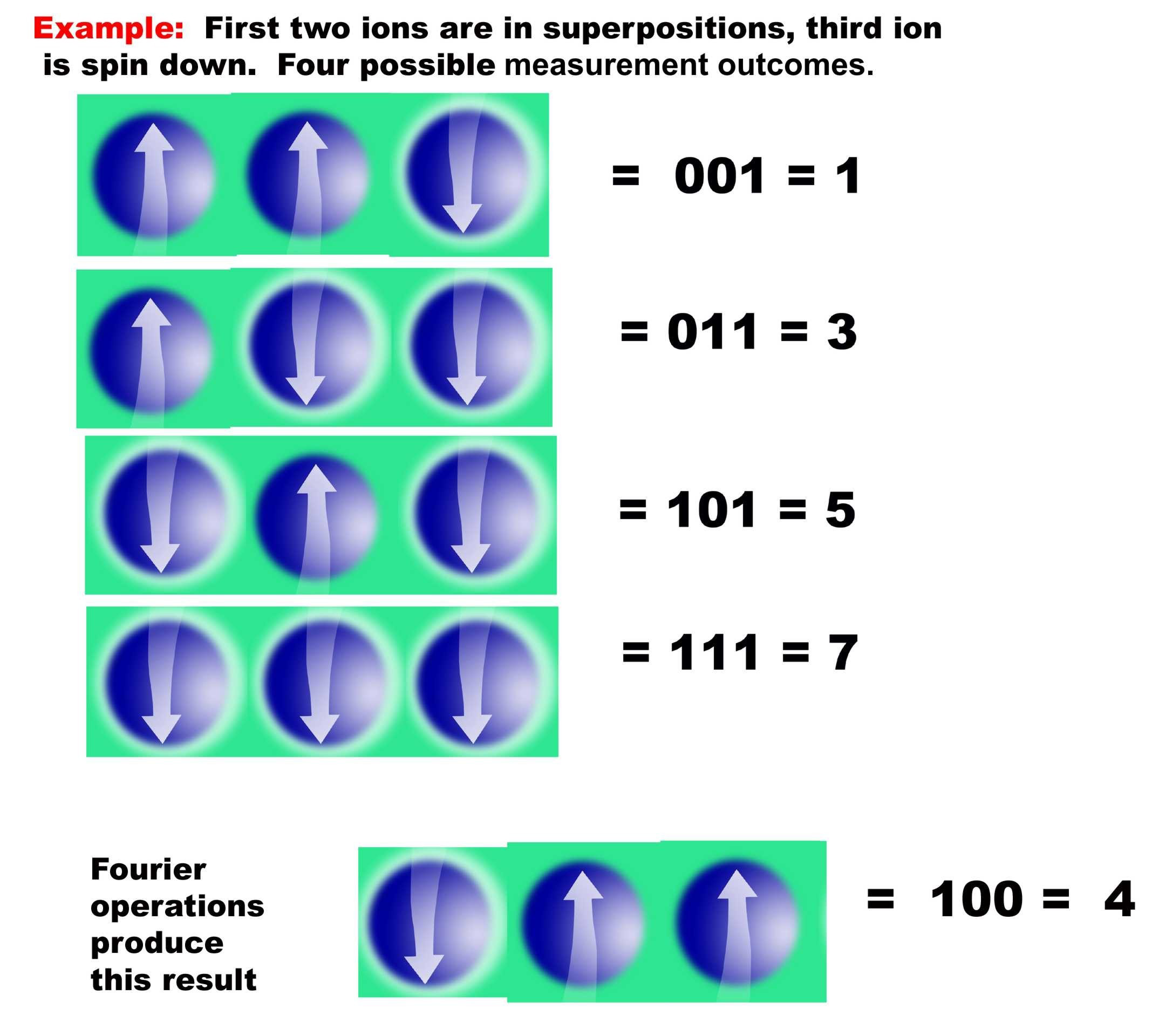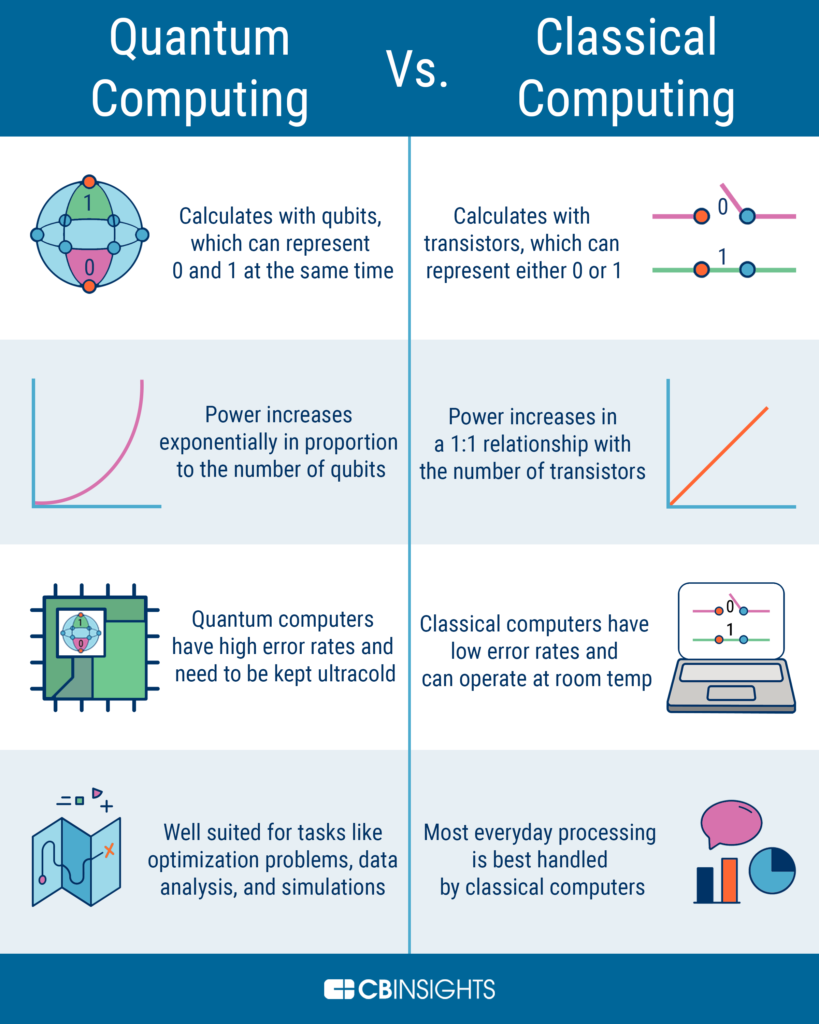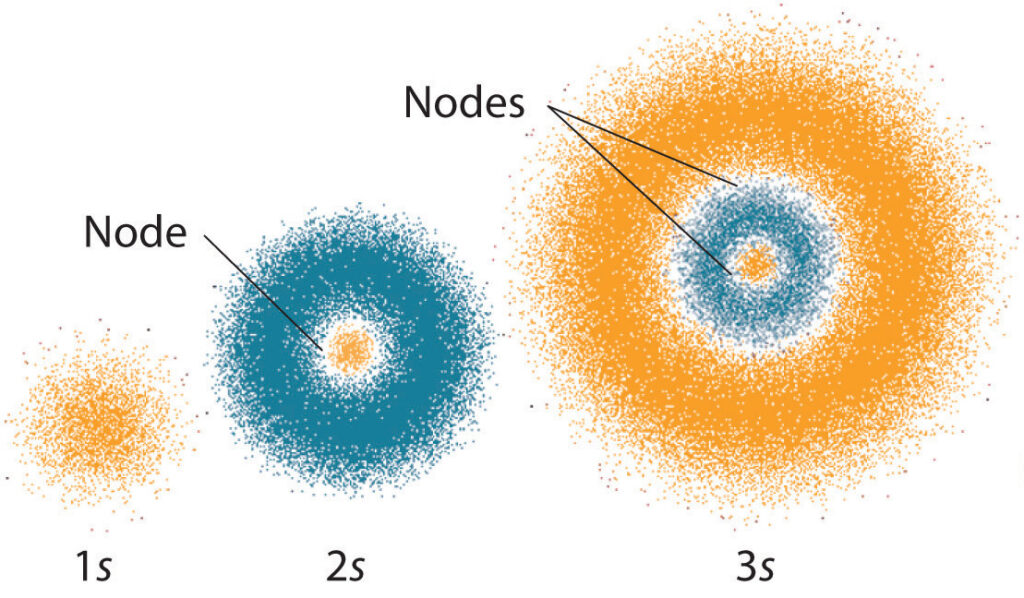Quantum computing is one of the most fascinating and rapidly-evolving fields in modern science. At its core, it is an entirely new approach to computing that harnesses the weird and wonderful properties of quantum mechanics to perform calculations that would be impossible on classical computers. One of the fundamental building blocks of quantum computing is the quantum logic gate, a device that allows quantum bits (qubits) to interact with each other in specific ways.
But how do these gates actually work? To understand this, we need to delve into the strange world of quantum mechanics. Unlike classical bits, which can only be in one of two states (0 or 1), qubits can exist in a superposition of states, meaning they can be both 0 and 1 at the same time. This allows quantum gates to perform multiple calculations simultaneously, vastly increasing the speed and power of quantum computing. In this article, we will explore the inner workings of quantum logic gates and discover how they can be used to perform complex computations that would take classical computers millions of years to solve.

How Do Quantum Logic Gates Work?
Quantum logic gates are the building blocks of quantum computers. They are used to process information encoded in qubits and to perform operations on them. Quantum logic gates are similar to traditional logic gates in that they take two or more inputs and produce a single output. However, unlike traditional logic gates, quantum logic gates operate on quantum states, not classical bits. This enables them to perform operations such as entanglement and superposition, which are essential for quantum computing.
How Quantum Logic Gates Work
Quantum logic gates are made up of two parts: the qubit and the operation. The qubit is the basic unit of quantum information. It is usually represented as a circle with two arrows, with one arrow pointing up representing the value “1” and the other arrow pointing down representing the value “0”. The operation is the process by which the qubits are manipulated. This is done by applying a series of operations to the qubits in order to perform a certain task, such as entanglement or superposition.
When a quantum logic gate is activated, the qubits that it is manipulating will interact with each other. Depending on the type of operation being performed, the qubits may become entangled or a quantum state may be created through superposition. This is done by applying a series of operations to the qubits in order to achieve a desired result. This is the key to how quantum logic gates work and how quantum computers are able to process information.
Types of Quantum Logic Gates
There are two main types of quantum logic gates: single-qubit and multi-qubit gates. Single-qubit gates are used to process one qubit at a time and are used for basic operations such as measuring a qubit’s state or flipping its value. Multi-qubit gates, on the other hand, are used to process multiple qubits at once and are used for more complex operations such as entanglement and superposition. There are also more specialized quantum logic gates, such as the Hadamard gate and the Toffoli gate, which are used for specific operations.
In order for a quantum computer to function, all of its quantum logic gates must be working properly. This means that each qubit must be properly initialized and all of the operations must be performed correctly. If any of these steps are not done correctly, the quantum computer may not be able to perform its intended task. It is therefore important for quantum computers to be properly tested before they are used for any real-world applications.
Applications of Quantum Logic Gates
Quantum logic gates are used in a variety of applications, from cryptography and data security to quantum computing. The most common application is in quantum computing, where quantum logic gates are used to process qubits and perform operations on them. This is done by applying a series of operations to the qubits in order to achieve a desired result, such as entanglement or superposition. Quantum logic gates are also used in cryptography and data security, as they are able to perform operations on data that is encoded in qubits in order to secure it from unauthorized access.
Quantum logic gates are also used in a variety of other applications, such as quantum computing simulations and quantum information processing. They are also used in quantum sensing, where they are used to measure the state of a qubit and to detect changes in its state. Quantum logic gates are also used in quantum computing algorithms, which are used to solve complex problems. Finally, quantum logic gates are used in quantum error correction and quantum computing hardware.
Frequently Asked Questions
Quantum logic gates are the building blocks of quantum computing and are essential for performing complex operations on qubits. They are the basic unit of quantum circuit design and are responsible for manipulating and transferring quantum information.
What are Quantum Logic Gates?
Quantum logic gates are the basic components of a quantum computer. They are similar to classical logic gates, such as AND, OR, and NOT gates, but they work on quantum bits (qubits) instead of classical bits. Qubits are the building blocks of quantum computers and can represent multiple values simultaneously. Quantum logic gates can be used to perform complex operations on qubits, such as quantum teleportation, quantum entanglement, and quantum error correction.
Quantum logic gates are used to manipulate and process qubits. Each logic gate is designed to perform a specific operation on a qubit. For example, the NOT gate (also known as the bit-flip gate) flips the state of a qubit from 0 to 1 or vice versa. Other logic gates can be used to rotate or exchange qubits. These operations are essential for performing complex quantum algorithms.
How do Quantum Logic Gates Work?
Quantum logic gates work by manipulating the quantum properties of qubits. Each logic gate is designed to perform a specific operation on a qubit. For example, the NOT gate (also known as the bit-flip gate) flips the state of a qubit from 0 to 1 or vice versa. Other logic gates can be used to rotate or exchange qubits.
The manipulation of qubits is done using a combination of laser pulses, magnetic fields, and other control mechanisms. These control mechanisms interact with the qubits and cause them to enter specific quantum states. By manipulating the quantum states of the qubits, the logic gates are able to perform operations on them. These operations are essential for performing complex quantum algorithms.
What are the Benefits of Quantum Logic Gates?
The main benefit of using quantum logic gates is that they can perform complex operations on qubits much faster than classical computing. This is because qubits can be in multiple states simultaneously, allowing them to process multiple instructions at once. This allows quantum computers to perform calculations much faster than classical computers.
In addition, quantum logic gates are much more efficient than classical logic gates. They require less energy, space, and time to perform operations. This makes them ideal for use in quantum computers and other quantum computing devices.
What are the Limitations of Quantum Logic Gates?
The main limitation of quantum logic gates is that they are prone to errors. This is because quantum operations are very delicate and can be easily disrupted by external factors such as temperature, vibration, and magnetic fields. As a result, quantum computers must constantly be monitored for errors and corrected when necessary.
In addition, quantum logic gates require specialized hardware and software to function properly. This adds to the complexity of building and maintaining a quantum computer.
What is the Future of Quantum Logic Gates?
The future of quantum logic gates is very promising. With advances in quantum computing technology, quantum logic gates are becoming increasingly powerful and efficient. In addition, new types of quantum logic gates are being developed that can perform more complex operations.
As quantum computing technology continues to improve, quantum logic gates will become more important in both research and commercial applications. They will be used to power new and innovative technologies, such as quantum cryptography and quantum computing. In the future, quantum logic gates will be essential for unlocking the power of quantum computers.

Logic Gates Rotate Qubits
In conclusion, quantum logic gates are the fundamental building blocks of quantum computing. While classical logic gates rely on binary values, quantum logic gates operate on the superposition of quantum states, allowing for the manipulation of information in ways that are not possible with classical computers. The key to their success lies in the ability to control the quantum states of individual particles, such as electrons or photons, and to use them to perform complex calculations exponentially faster than any classical computer could.
While the field of quantum computing is still in its infancy, the potential applications are vast and exciting. From simulating complex chemical reactions to cracking encryption codes, quantum computing holds the promise of revolutionizing the way we approach some of the world’s most pressing problems. As researchers continue to develop new quantum logic gates and improve upon existing ones, we can expect to see even more breakthroughs in this fascinating field in the years to come.



